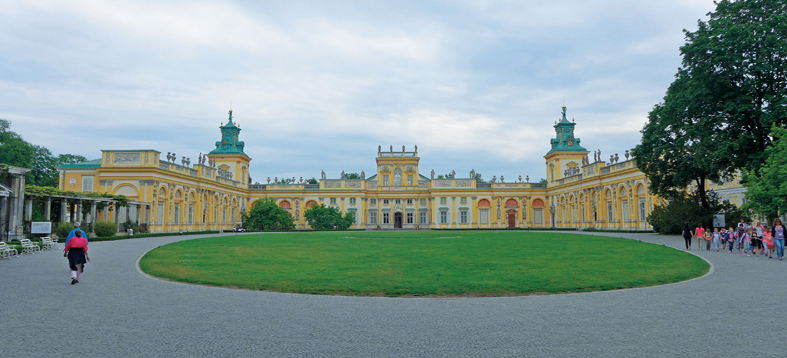Prestige issue 281-282, Dec. 2016-Jan. 2017
The artistic, cultural and financial center of Poland, Warsaw is the largest city in the country, located on the Vistula river. Capital of Poland, Warsaw is the center of industries and institutions of higher education. The mix of architectural styles makes it so peculiar. Our Warsaw tour with the unique clichés of Professor Bassam Lahoud seized for Prestige.

Warsaw, the Phoenix City
So-called, for it, managed to reborn from its ashes. Its history is hectic. The mix of architectural styles that make its peculiarity, reflects this story. 84% of its buildings were destroyed during the Second World War. Today it is home to the sixteen tallest buildings in Poland, one of the most remarkable urban landscapes of modern and contemporary architecture. The Polish capital is also full of palaces and green spaces, such as the Wilanow Palace, the Royal Castle, the cobbled gothic lanes and the baroque palaces of the Old City destroyed and perfectly rebuilt. Walking along the Royal Route, all the treasures of Warsaw remain to be discovered.
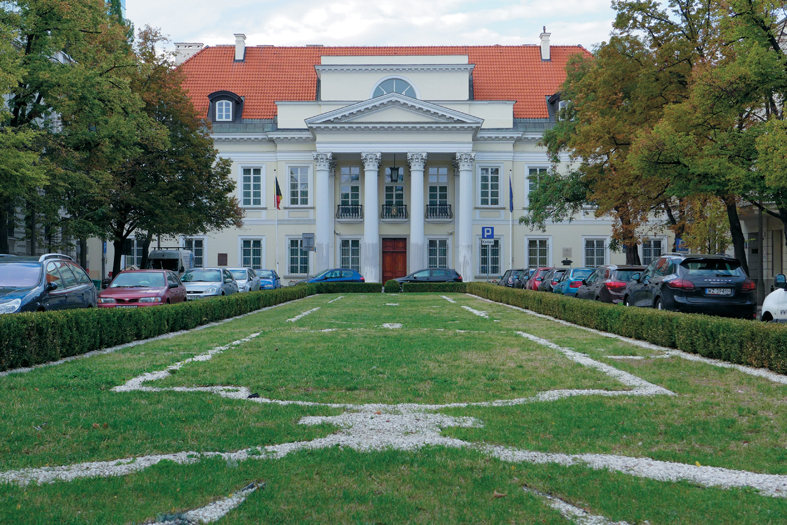
The name of the city of Warsaw is attributed to Wars, a fisherman living on the banks of the Vistula, and to Sawa, the siren with whom he fell in love.
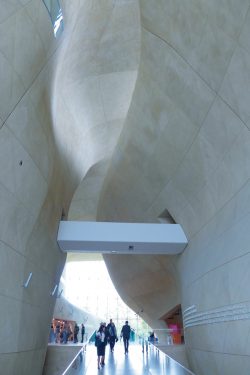
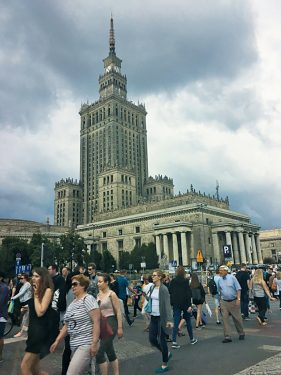
The Wilanow Palace and its park
They are among the most important cultural sites in Europe. The palace survived the divisions of the country and the wars and preserved its historical interest. Built by the King of Poland John III Sobieski in the last quarter of the XVIIth century and later enlarged by its successive owners, it presents the typical character of the baroque art of a suburban residence between the courtyard and the garden. In 1788, the launch of the first balloon at the palace was a historic event.
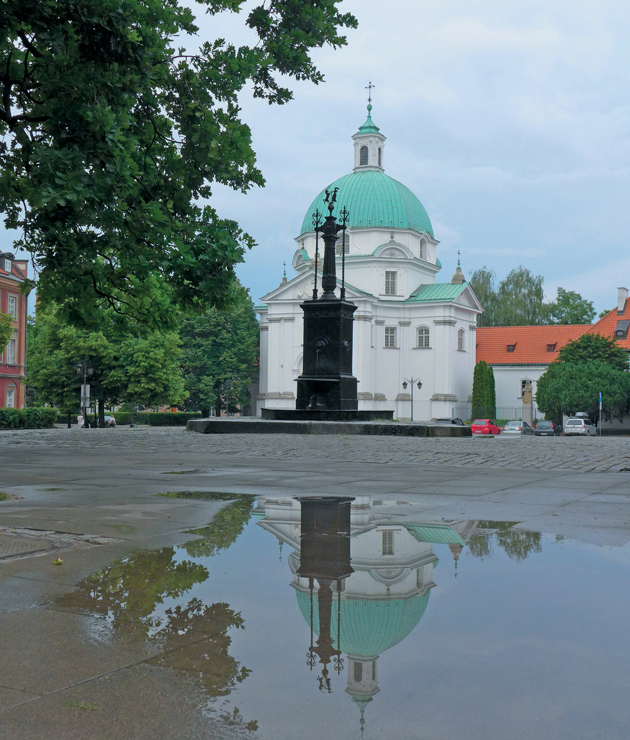
The Chopin Museum,
On the Escarpus of the Vistula
Located inside the Baroque palace of the Ostrogski family, the Biographical Museum of the Polish composer Frédéric Chopin contains the largest «Chopinian» collection in the world: autographs, notes, manuscripts, works as well as his piano and personal things. Among the most touching objects, two posthumous masks and the molding of his hand.
In 1935, the former Fryderyk Chopin Institute, founded by the most eminent representatives of the world of culture, had begun to gather his collections by purchasing some valuable manuscripts from his relatives. In this Museum, where the real world meets the virtual one, one finds multimedia exhibitions and tactile screens. An electronic ticket as an access card allows a tourist, a musicologist or anyone not only to enter this magical world but also to listen to music and the comments accompanying the exhibition, available in several languages. Composed of fifteen pieces, the exhibition shows his place of residence, and how to walk in Warsaw at the time. The visitor can listen to the chirping of birds in Nohant, smell the violets, Chopin’s favorite flowers, know about his beloved, listen to his works … before entering the room of death, drawn like a big black box.
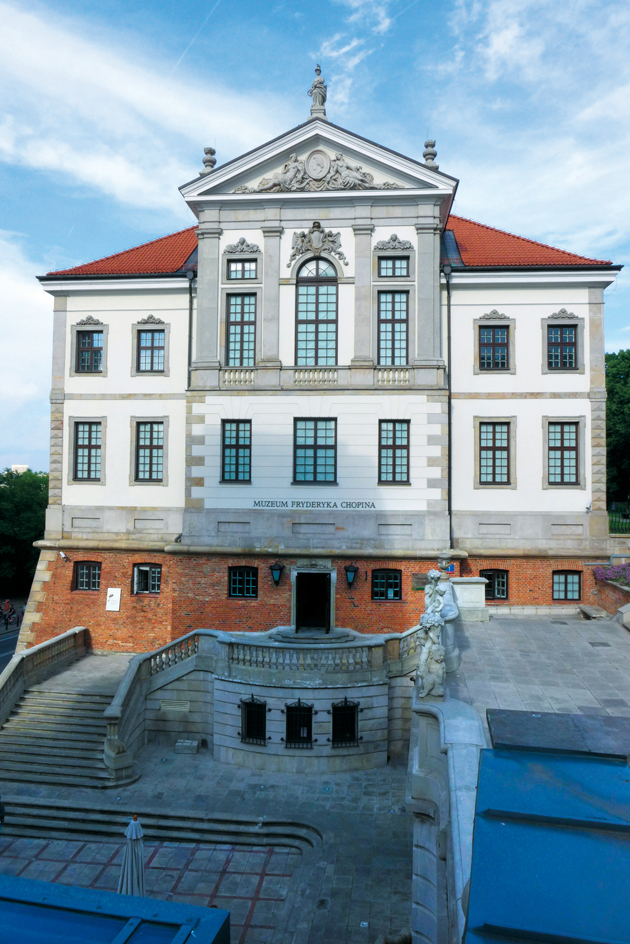
The Chopin Museum is the most modern in Europe.



